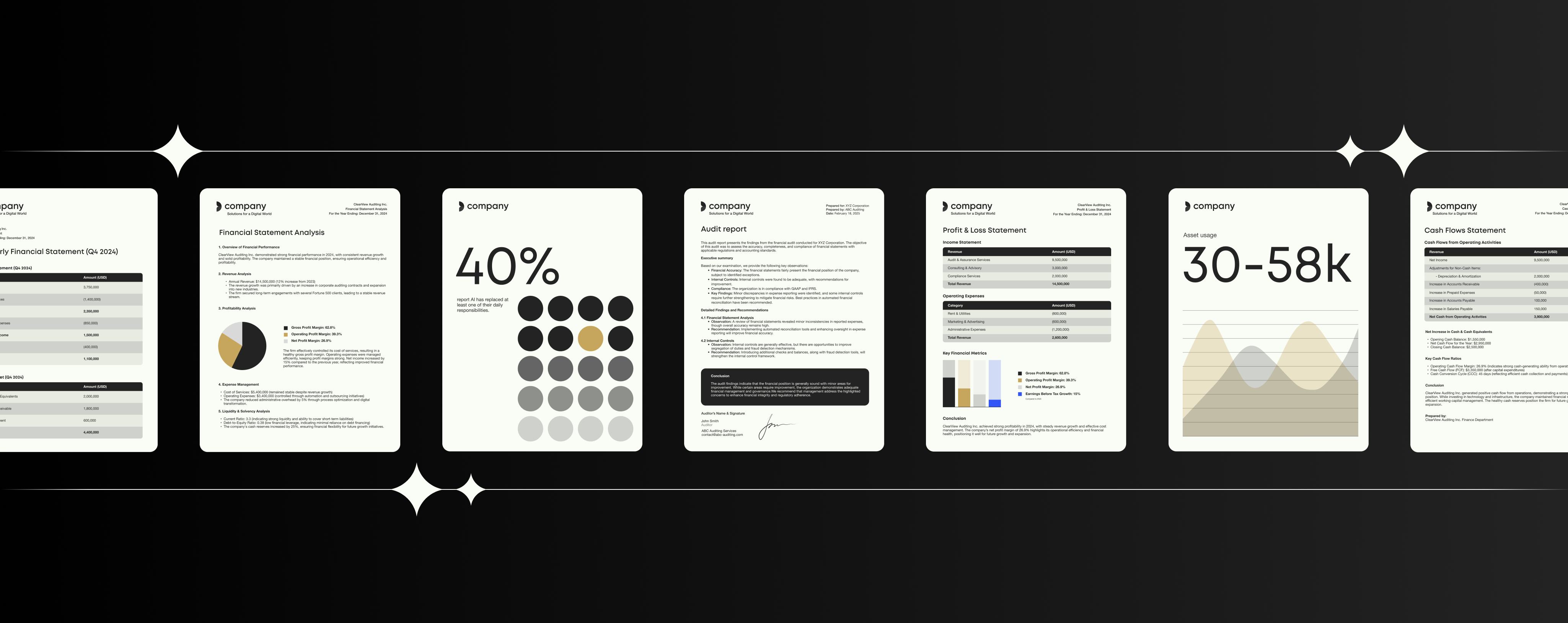3 ways poor document management could be hurting your business

These days, almost all business activity starts with a digital document: whether it’s the creation of a new file or the modification of an existing template.
Correspondence, contracts, plans and presentations containing critical information are used by companies on a daily basis.
But while most organizations are pretty good at organizing their tangible, physical items in storage cupboards and filing cabinets, many are lagging behind when it comes to managing their digital files effectively or ensuring that their templates are on-brand.
In the past, companies may have been deterred from executing effective document management strategies because of the huge manpower involved in storing, managing and delivering the vast sums of content involved in a company’s business processes.
Read next: Document management software integrated with Templafy
But with SaaS (software as a service) solutions such as Templafy emerging onto the market to address document management issues such as brand compliance, there’s little excuse. Today, many painstaking processes associated with document management can be automated away – for example, Templafy’s software ensures that all users have access to current, compliant content, carries out automatic compliance checks and even alerts users when a file is out-of-date. And the smartest players are already beginning to harness these tools to ensure that their content is up-to-date, correct and readily available to team members.
All the same, many companies have failed to stay up-to-date with the latest in software development and research new technologies which can help automate their content management processes, simply accepting document chaos as part-and-parcel of a digitized workspace.
However grappling with the resulting chaos when documents are poorly categorized or outdated is more than just a headache. Failing to invest in effective document management strategies can leave long-lasting impacts on a company’s processes, earnings and efficiency, as emerging case studies show.
1. Confidentiality is at stake
Last year, one study found that poor document management was often to blame for compromised sensitive information. After surveying over 100 IT managers about document management, the study found that 34 percent reported that sensitive information had been compromised due to poor file management practices.
The definitive guide to template management
Increase productivity when creating documents
2. Productivity roadblocks
Meanwhile, poor document management also hinders productivity and workflow, particularly when documents need to be manually scanned for compliance. In the same study, 66 percent of 250 surveyed employees reported that two or three versions of a document were created before it received final approval, while 20 percent of employees had no idea what document tools their employer used.
Another study has racked up the hidden costs of wasted employee time due to poor document management systems. One US survey of accounting, advisory and consultancy firms found that time spent hunting for documents could be costing these firms up to USD 4000 per employee, every month.
3. Inflexibility
The problem is only compounded when multiple devices are thrown into the mix and employees suddenly find they can’t access certain files or templates on their smartphones or tablets. The same US study found that over half of surveyed employees couldn’t access corporate documents through a mobile device, while a further 68% added that they wasted time unknowingly working on outdated versions of documents when working remotely. Once again – tools can address these roadblocks. For example, Templafy integrates across multiple devices using cloud technology, allowing employees to access up-to-date, on-brand company content anywhere.
Then there are the latent impacts on work culture: document chaos creates stressful workplaces and applies extra pressure to your staff and resources. Conversely, when organizations invest in document management tools and strategies, employees have easier access to information, less stress over outdated documents and more flexibility to work remotely across devices. leaving you with a more productive environment and a happier team.


